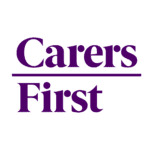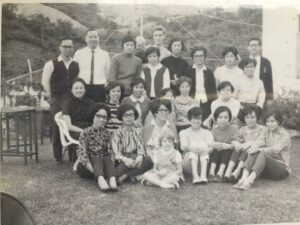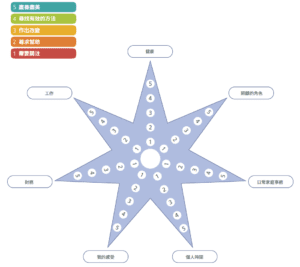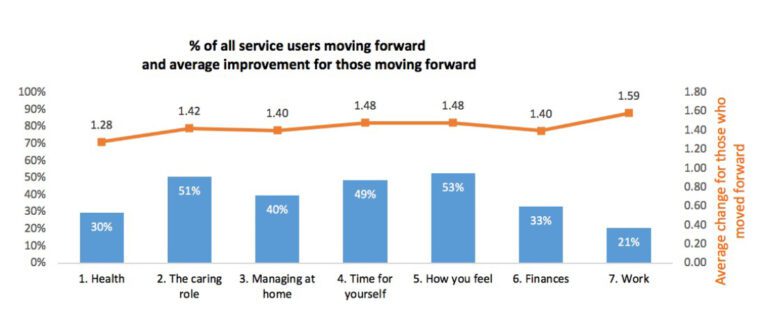
Ahead of Samaritans Awareness Day this Saturday, 24th July, Trainer and Implementation Lead Tom Currie reflects on the power of listening and why it is so important in relationships that are committed to supporting change.
Hopefully we all know how important listening is. Really listening. Listening fully to what is being said and what is not. In relationships that are committed to supporting change listening is essential, literally, the essence of the purpose of the relationship is to listen. Yes, the listener may need to speak at some point but, when they do, what they say will be a lot more valuable if it is informed by good listening first. What they say is also much more likely to be heard when spoken to someone who has first experienced being fully heard.
In the almost 200 courses that I have led in using the Outcomes Star, listening is always talked about. Usually brought up by practitioners when talking about effective work with clients. They know how important it is to their work.
The Outcomes Star is a relational tool that supports change in keywork relationships. It helps practitioners and their clients to have better conversations. It does this by helping create a better quality of listening. There are three ways that it does this: by creating permission, by providing frameworks and by opening a space for sharing.
Creating Permission
Each Outcomes Star has between 6 and 10 points. Each point describes an Outcome Area, an aspect of life that contributes to the client fulfilling their potential. This holistic model provides a framework for the conversation between keyworker and client that helps create permission to discuss a range of aspects of life that the client may otherwise not have brought into the conversation. It also helps the keyworker build a fuller, more rounded picture of the client and their life, to go beyond the presenting issue and work to support the whole person.
A practitioner working with a Probation Trust to support prisoners through the gates and help them find accommodation told me that the wide-ranging conversations she had with her clients when discussing Outcome Areas like ‘positive use of time’ and ‘mental health and well-being’ helped her build a fuller understanding of them and their interests. This not only meant that she gained an understanding of what would be right for them but helped her, when finding them a new place to live, to present a better account of them to prospective landlords.
Providing Frameworks
All Outcomes Stars are underpinned by the Journey of Change. The Journey of Change is a model that outlines the stages people go through when making sustainable change in their lives. The attitudes and behaviour at each of the points on each scale are clearly defined. There are five different types of Journey of Change. Being able to create a shared language for where someone is and where they have not yet got to on their journey through life is a useful step in helping them get there.
I was delivering training to two women who set up a charity supporting parents of children who developed a neuro-degenerative disease that is sadly commonly fatal before the child reaches adult hood. They use the Support Stars – for use with parents, children and young people facing serious illness – which we developed in partnership with CLIC Sargent.
When supporting parents through these difficult times, they said the Journey of Change was key to helping parents make sense of what they were going through. It helped them to acknowledge the overwhelming nature of the shock of the diagnosis, to take in their new reality and begin to engage with how they might navigate the challenges they faced. As human beings we need to make sense of the experiences we face and be able to own and author the narratives of our lives – listening plays a key role in enabling us to do that.
A space for Sharing
The Journey of Change is a universal model that resonates with all the people I have shared it with and provides new insights about our own part in the challenges we face. This creates the opportunity for keyworker and client to meet on a more human level and share more honestly about their own experience, moving beyond the usual paradigms of service provider and service user to a space that is more human, more healing and more hopeful.
In my own life, taking time to reflect on where I am in my own journey through the lens of the five stage Journey of Change often provides me with new insights on ways that I am stopping my own progress, whether by not asking for support or hanging on to outdated behaviours that no longer fit with who and where I am. It helps me to listen more deeply to my own truth.
So, for all these reasons, I celebrate the Samaritans Awareness Day as a chance to champion all those who support people to change by offering the generous, supportive, curious and subtle art of listening. Let’s all listen to each other (and ourselves).
*****
Tom is a member of Triangle’s Training Team and provides support to our clients across London and the South East, including 18 London Boroughs, a number of County Council services and a couple of national charities. He lives near Oxford and is a trustee for Spark Inside, an organisation delivering coaching programmes in prisons, where he leads on impact and evaluation.
The Support Stars were developed for use with children and young people who are facing serious illness. The Support Star (Parents) is designed to support their families.











